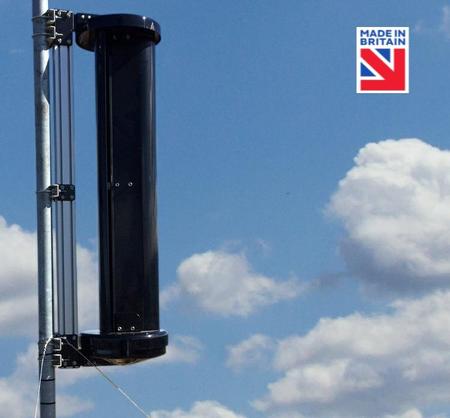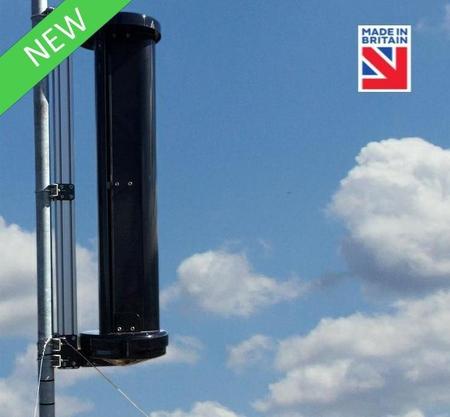Blog
Innovative Applications of Wind Turbine Generators in Modern Energy Solutions
In recent years, the pursuit of sustainable energy solutions has led to significant advancements in renewable technologies, with Wind Turbine Generators standing out as a cornerstone of this movement. As the world grapples with the pressing need to reduce carbon emissions and transition towards cleaner energy sources, wind power has emerged as a viable and efficient alternative. This blog will delve into the innovative applications of Wind Turbine Generators that are reshaping how we harness energy, illustrating their vital role in modern energy solutions.
Beyond their traditional use in generating electricity, Wind Turbine Generators are now being integrated into various sectors, including agriculture, urban planning, and energy storage systems. These developments are not only enhancing the efficiency of energy production but are also paving the way for new opportunities in energy management and sustainability. By exploring the cutting-edge applications and the transformative potential of Wind Turbine Generators, this blog aims to highlight their significance in the quest for a greener future.
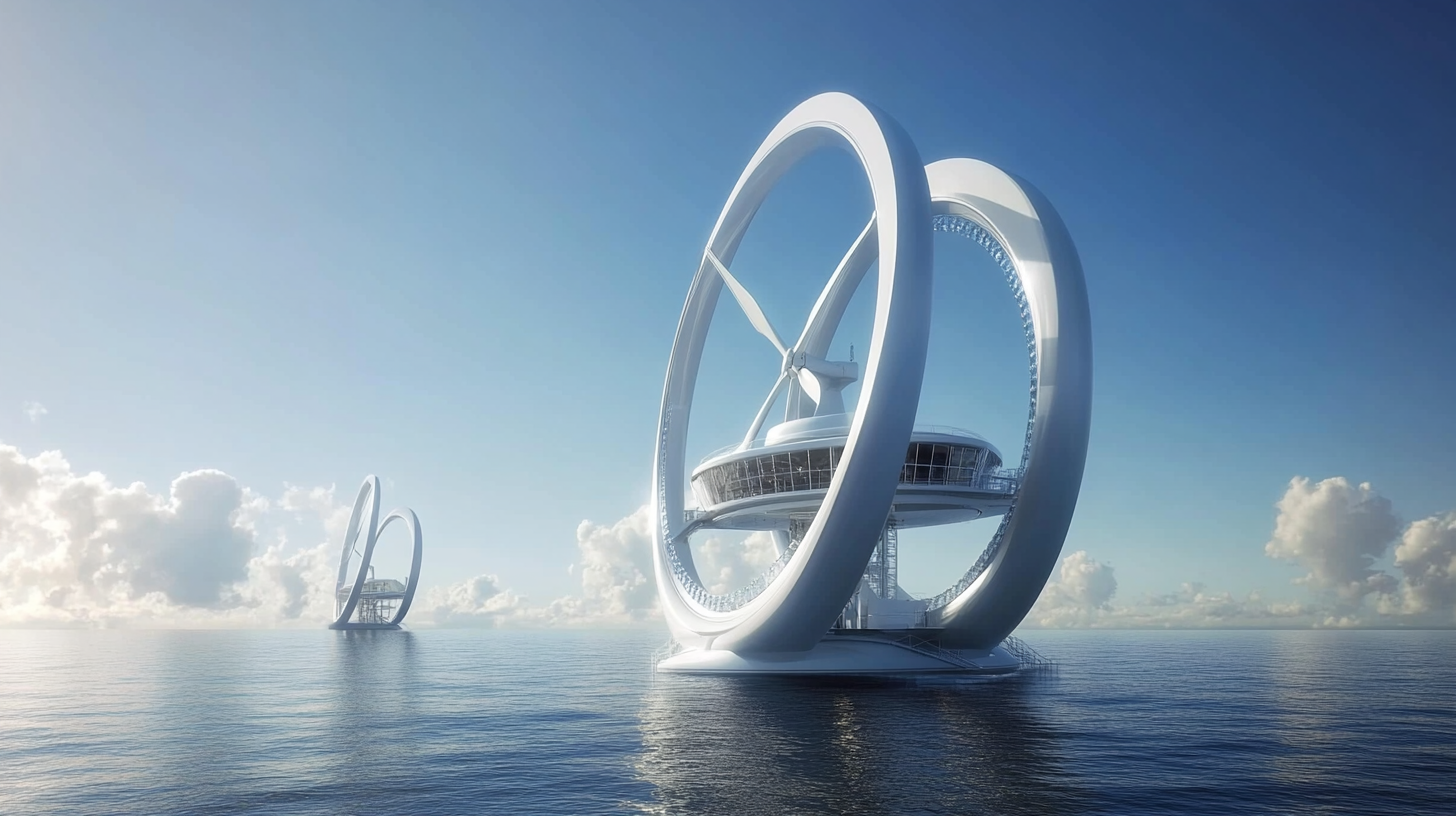
Advancements in Wind Technology: Enhancing Efficiency and Power Output
The advancements in wind technology have poised wind turbine generators as a cornerstone of modern energy solutions, significantly enhancing both efficiency and power output. With the cumulative global wind power installed capacity surpassing 700 gigawatts by 2022, the industry has seen a remarkable transformation in turbine design and performance. Innovations such as larger rotor diameters and advanced aerodynamic blade designs have contributed to a deeper penetration of wind energy into the energy mix, underscoring the importance of optimizing resource use in a rapidly evolving market. Recent studies suggest that the energy output from horizontal-axis wind turbines can increase by up to 30% with improvements in blade design methodologies. For instance, integrating computational fluid dynamics (CFD) tools has enabled engineers to simulate and analyze airflow behaviors around turbine blades, allowing for more efficient designs that maximize lift while minimizing drag. As a result, next-generation turbines are not only generating more electricity but are also capable of operating at lower wind speeds, thus expanding their viability in diverse geographical locations. Furthermore, the implementation of smart technology in wind energy management systems has further improved operational efficiencies. Real-time monitoring and predictive maintenance driven by data analytics have led to reduced downtime and enhanced reliability. As these technological advancements continue to unfold, the wind energy sector is set on a trajectory that promises even greater contributions to sustainable energy practices worldwide. By combining innovative engineering with smart technologies, the industry is well-equipped to meet the growing demand for clean, reliable power in the coming years.
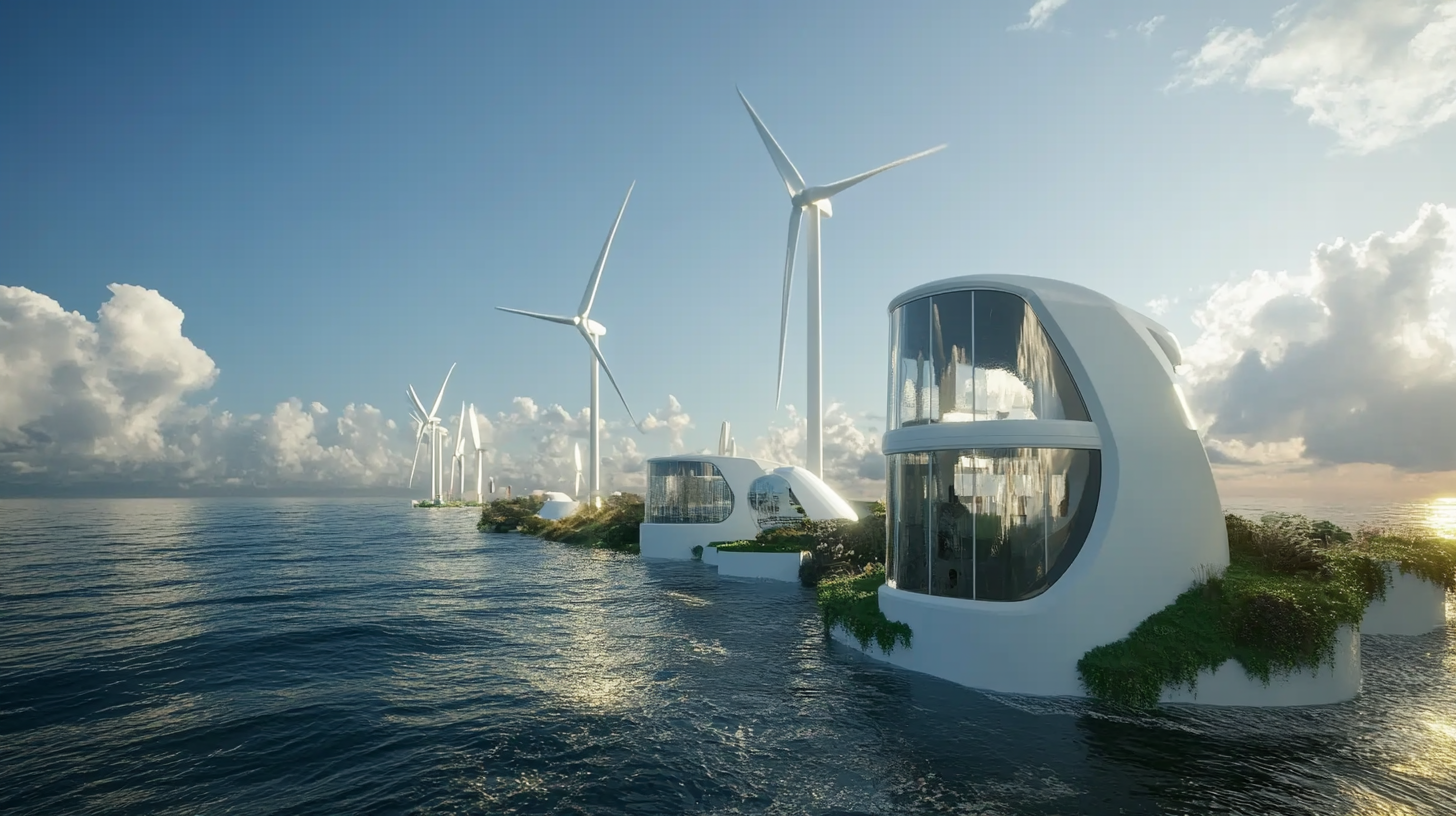
Urban Wind Turbines: Integrating Renewable Energy in City Landscapes
Urban wind turbines are rapidly transforming city landscapes as innovative solutions for integrating renewable energy into densely populated areas. These compact and aesthetically versatile turbines are designed to harness wind energy in settings where traditional wind farms are impractical. By taking advantage of rooftop spaces and underutilized urban areas, cities can produce clean energy while simultaneously reducing their carbon footprint. The urban wind turbine not only provides energy but also serves as a visual reminder of sustainability in metropolitan settings, encouraging communities to engage with renewable technologies.
The efficiency of urban wind turbines is enhanced by their ability to operate effectively in turbulent wind conditions typical of city environments. Advanced designs and technologies, such as vertical-axis turbines, allow these systems to capture wind from multiple directions, maximizing energy output even in limited space. Cities like Chicago and San Francisco are pioneering the integration of these turbines into their infrastructure, showcasing how urban designs can adapt to meet energy needs sustainably. Furthermore, the implementation of such technologies encourages local economies by creating jobs in the installation and maintenance of these renewable systems.
Integrating urban wind turbines into city landscapes fosters a culture of sustainability and raises awareness about the importance of renewable energy. With the increasing necessity for cities to become more resilient against climate change, urban wind turbines present an effective strategy for reducing reliance on fossil fuels. As cities continue to evolve and prioritize green solutions, the role of wind energy in urban environments will be crucial for achieving energy independence and promoting a cleaner future for residents.
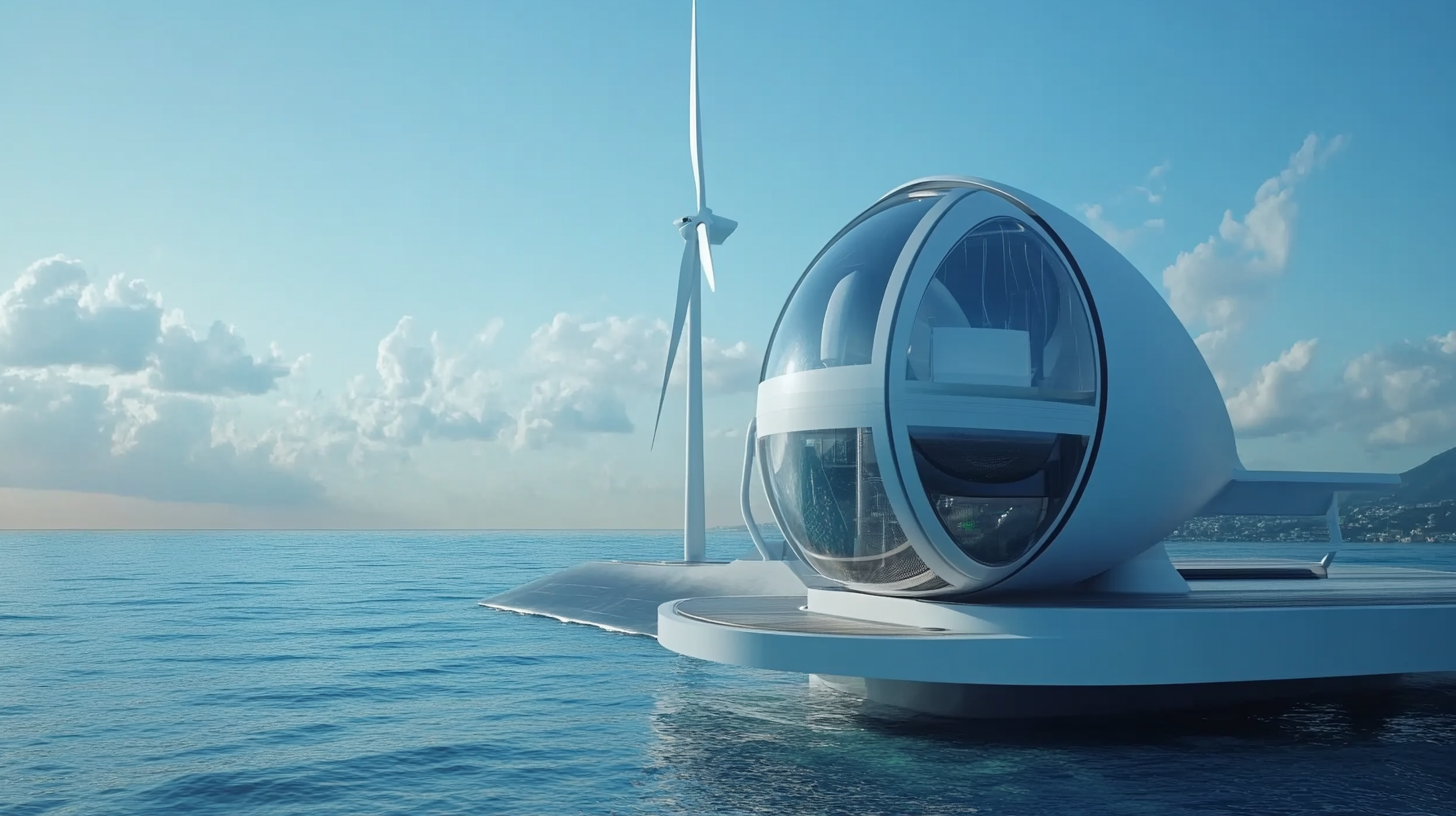
Offshore Wind Farms: Harnessing the Power of the Open Sea
Offshore wind farms are becoming a cornerstone of modern energy solutions, harnessing the relentless winds of the open sea to produce clean electricity. As the global focus intensifies on combatting climate change, the role of offshore wind energy has never been more critical. According to the Global Wind Energy Council, offshore wind capacity reached over 39 GW globally in 2020 and is expected to grow exponentially, potentially exceeding 234 GW by 2030. This rapid expansion is fueled by technological advancements, particularly in floating platform designs that allow turbines to be placed further out to sea, where wind speeds are higher and more consistent.
Innovative construction methods are facilitating this growth. For instance, the emergence of floating platforms is enabling wind turbines to be installed in deep waters where traditional fixed-bottom turbines cannot reach. These platforms, resistant to the powerful forces of waves and tides, are setting a new standard. Reports indicate that California is spearheading a massive initiative to establish offshore wind farms aimed at achieving clean power goals. This ambitious project represents not only a significant investment in renewable energy but also a large-scale experiment in harnessing ocean winds for sustainable electricity generation.
Furthermore, nations like the United States are experimenting with untapped sources of renewable energy, including wave and tidal energy. In Oregon, the deployment of the first wave energy grid-connected test site in the continental U.S. marks a pivotal moment in integrating diverse renewable resources. As these projects advance, they will complement offshore wind energy, creating a multifaceted approach to clean energy that leverages the vast potential of our oceans. The success of these initiatives will undeniably shape the future of energy, paving the way for a sustainable and resilient energy landscape.

Hybrid Energy Systems: The Role of Wind Turbines in Sustainable Energy Solutions
Hybrid energy systems are gaining prominence as the quest for sustainable energy solutions intensifies. Among the various components of these systems, wind turbine generators play a crucial role in optimizing energy production and enhancing efficiency. According to the International Renewable Energy Agency (IRENA), wind energy has been identified as one of the fastest-growing renewable energy sources, with global capacity reaching over 743 GW in 2022, a figure that continues to rise annually.
The integration of wind turbines into hybrid energy systems not only maximizes energy generation but also enhances the stability and reliability of power supply. By combining wind energy with other renewable sources, such as solar and biomass, these systems facilitate a continuous energy output, even during periods of low wind or sunlight. A recent report from the National Renewable Energy Laboratory (NREL) indicates that integrating wind and solar can lead to a reduction in energy costs by up to 30%, delivering a more affordable and stable energy future.
Furthermore, the adaptability of wind turbine technology allows it to be deployed in various environments, from offshore installations to urban settings, making it a versatile player in the renewable energy landscape. As highlighted in a report by BloombergNEF, wind power investments are projected to exceed $1 trillion over the next decade, underscoring the vital role these turbines will play in achieving global sustainability goals and transitioning to a low-carbon economy. The ongoing advancements in turbine technology and battery storage systems further enhance the potential of hybrid systems, making wind energy an indispensable component of modern energy solutions.
Community-Based Wind Projects: Empowering Local Energy Independence
Community-based wind projects are transforming the way we think about energy independence and sustainable growth. By empowering local communities to harness wind energy, these initiatives create opportunities for residents to take control of their energy sources. Rather than relying on distant power plants or fossil fuels, communities are utilizing the wind resources available to them, leading to enhanced energy security and reduced carbon footprints.
The implementation of community wind projects involves engaging local residents in every step of the process, from planning to installation and maintenance. This collaborative approach ensures that the projects not only meet the energy needs but also reflect the values and priorities of the community. By investing in localized energy solutions, residents can reap the benefits of reduced energy costs, job creation, and an overall boost to local economies. Furthermore, the educational aspect of these projects fosters a culture of sustainability, encouraging future generations to embrace renewable energy technologies.
The success stories from various regions illustrate that community-based wind projects can effectively bridge the gap between environmental goals and economic viability. With the right support and resources, these initiatives can pave the way for a cleaner, more resilient energy future. As localized wind energy continues to gain traction, it serves as a beacon for other communities looking to embark on their journey towards energy independence.
Tell us about your project
Our Off-grid experts will come back with recommendations





